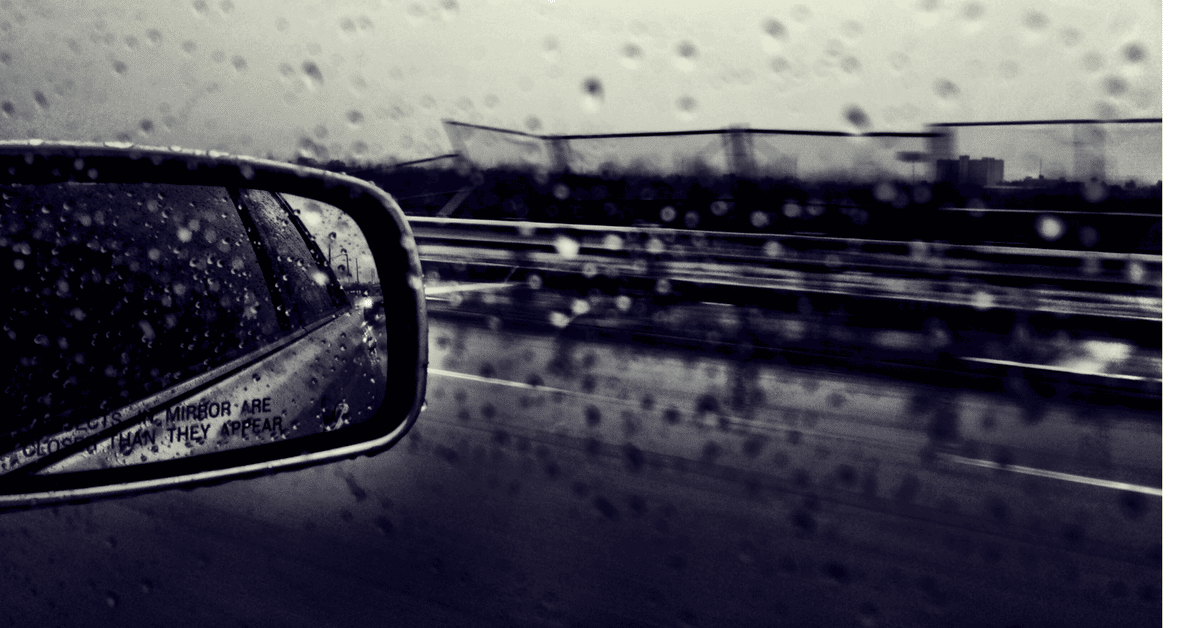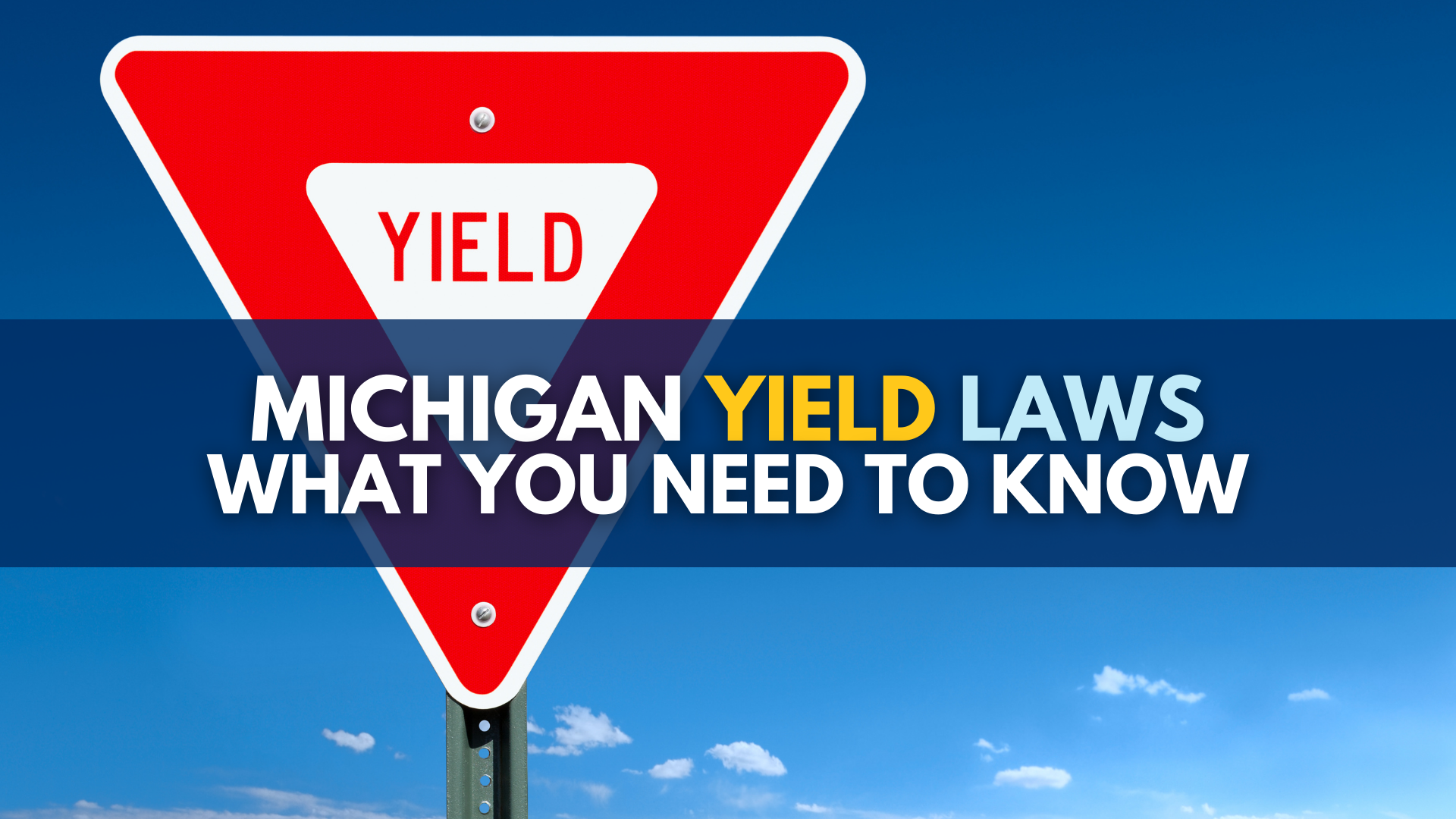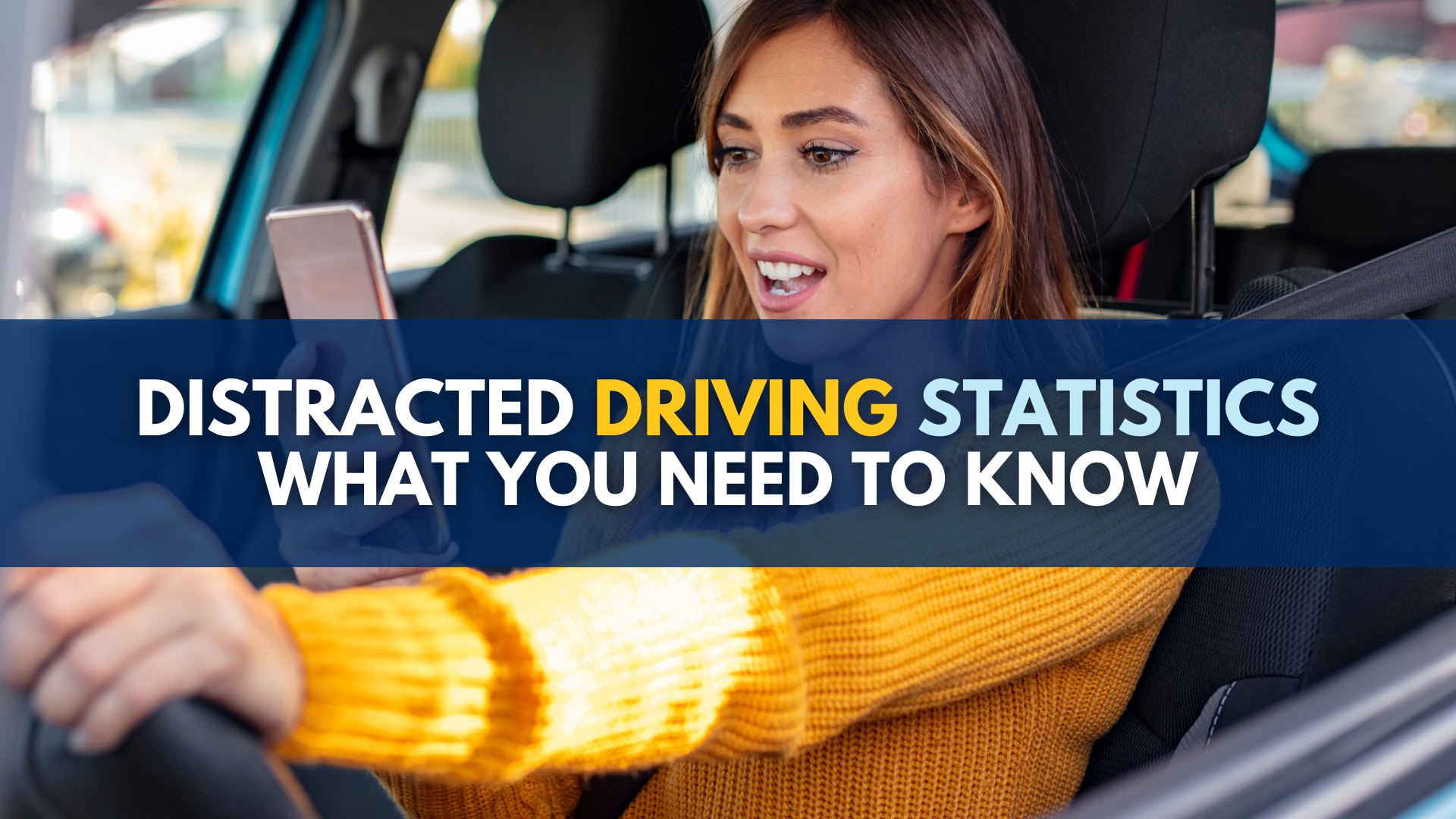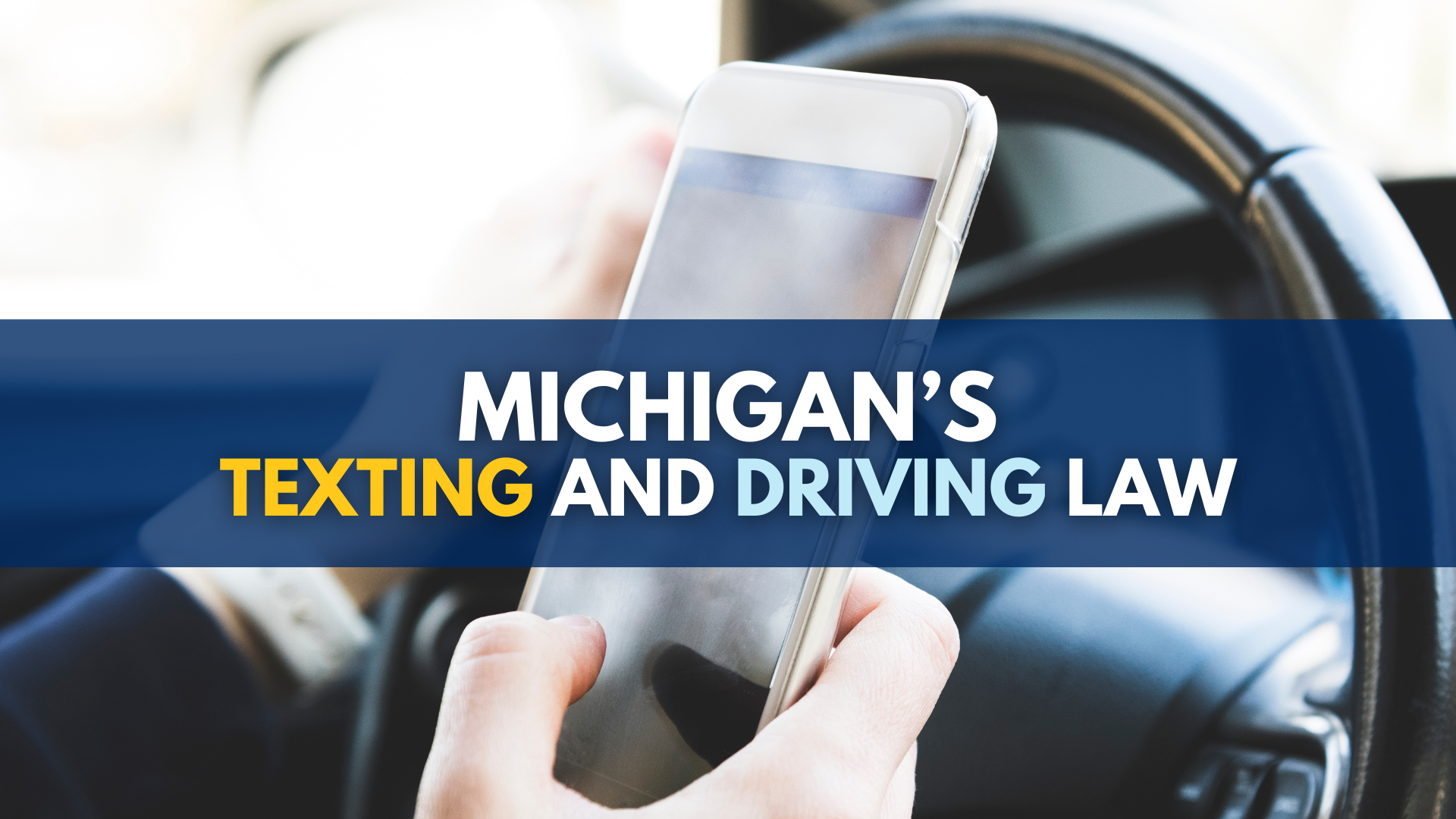Rain is a cause of many car crashes in April. Here’s what to do

Now that winter is closed for business, that doesn’t mean our weather troubles are over. For Michiganders, the start of spring usually means rain — and lots of it. And when it comes to our roads, rain can make things hazardous.
How Dangerous are Wet Roads?
According to the U.S. Department of Transportation, more than 950,000 automobile crashes occur annually because of wet pavement, resulting in approximately 4,700 deaths and 384,000 injuries.
How does rain cause so many car crashes, injuries, and deaths?
Rain can also create other related dangers that are not always visible for drivers. Oil and engine fluid on roadways can rise once the rain begins to fall, making for a slick surface similar to “black ice.” And rain water spillover from nearby lakes, streams and ponds can form pockets, hiding potholes.
Safe Driving in Rain Starts with Slowing Down
Many car accidents occur because rain limits visibility for drivers.
Less common but very dangerous is when soaked roads cause your car to start hydroplaning, which is when your tires aren’t in contact with the road and instead are traveling on a thin layer of surface water.
Severe weather of any type demands your undivided attention. This is especially true for teens who are driving, who do not have the driving experience or judgment to know when to slow down with severe weather.
Safe Driving Tips for Rain-soaked Roads
Here are some tips to refresh yourself (sorry, we couldn’t resist) on what to do when driving in the middle of a downpour.
Stay Alert for Hydroplaning
Don’t think this only happens during torrential rain: it only takes 1/12 of an inch of rain on the road and a speed above 35 mph for a vehicle to hydroplane. To regain control, slowly let off the gas and steer straight until your tires regain traction. Also, check your tires’ treads — less tread means less traction and a greater chance of sliding on slick roads.
Watch for Standing Water
There’s no way to tell how deep a large puddle or standing water on the road is. If you decide to drive through it and the water creeps up past the halfway point of your tires, your power steering could be affected. Your electronic components could get shorted. Or your engine could get flooded. The best idea is to choose a different route or drive around the standing water.
Cruise Control Plus Rain Equals Danger
It’s great for saving gas and maintain a consistent speed, but cruise control is an impediment as far as rain goes. If your car is hydroplaning while cruise control is engaged, your car will go faster and you may be unable to regain control.
Are Your Wipers Ready?
Your windshield wipers will hamper visibility in rain if the blades are worn, cracked or bent. Get them checked at an auto parts store or oil change shop. In addition, because your washer fluid was probably used a lot during the winter months, have it refilled or topped off.
Stay on the Bright Bide — But Not Too Bright
Visibility is limited when traffic is immersed in driving rain, even during daylight and the rare sun shower. The only way to know where other vehicles are in relation to you is by their lights. Oil change shops routinely check your headlights, taillights, backup lights, turn signals, parking lights and brake lights to make sure they’re all working.
Also, don’t use your brights. Not only are they a hazardous distraction to other drivers, but the high beams will reflect back from the rain and cause glare, making it difficult to see ahead.
Allow other vehicles some extra space
As an auto law attorney, I’ve heard it all when it comes to why one driver crashes into another. The most common? One driver — often the one at fault — was in a hurry to get somewhere. In conditions like rain and snow, it’s better to be late but alive. The best way to do this is to allow an extra second or two of vehicle following time in the rain. This gives you and the others behind you more time to react to weather and traffic conditions.
We want you to be safe for May flowers, so please use caution during April showers.


